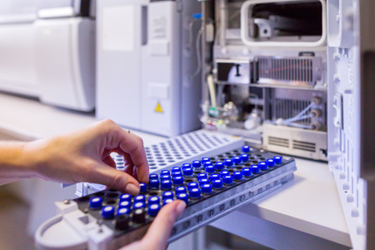Revolutionizing Particle Characterization In Biologics: A Focus On Image Analysis And Machine Learning
By Amber Raines, Ph.D., Senior Director, Rapid Analytics – Characterization, Consulting, and Analytics; Jonathan Rocher, Ph.D., Director of Digital and Advanced Analytics; and John F. Carpenter, Ph.D., Senior Consultant, KBI Biopharma

In the pharmaceutical field, particulate contamination in drug products has long been the focus of safety and quality studies aimed at identifying and characterizing these potential threats to human health. For many years and for many traditional drug modalities, light obscuration techniques have been employed to screen for contaminants, either intrinsic or extrinsic, which may have been introduced to a product during manufacturing or formed in the drug product. But as more biopharmaceuticals such as protein drugs and cell and gene therapies are commercialized and enter the development pipeline, the inadequacy of these incumbent technologies for identifying certain contaminants – particularly subvisible particles and other inherent particulates – has led to innovations in machine learning techniques centered around image analysis of particles. The greater insights based on particle morphologies provide unprecedented capacities to characterize, identify, and quantify different populations of subvisible particles, such as protein particles, glass flakes, silicone oil droplets and fatty acid particles resulting from polysorbate degradation.
Many advanced therapies represent uniquely effective means to slow disease progression and/or reduce morbidity in critically ill patients. Understanding potential sources of contamination coming from not only the manufacturing process itself, but also those which may emerge through protein or cell aggregation, can serve to vastly improve the safety profile and efficacy of these critically important treatments. Significant strides have been made in the last decade to enable this specificity by way of micro-flow imaging (MFI) technologies capable of more accurately counting, measuring, and identifying particles. The results, coupled with machine learning (ML), provide critically important insights into the composition of particles, with an ability to differentiate between particles that is impossible to achieve with traditional light obscuration techniques.
Get unlimited access to:
Enter your credentials below to log in. Not yet a member of Bioprocess Online? Subscribe today.
